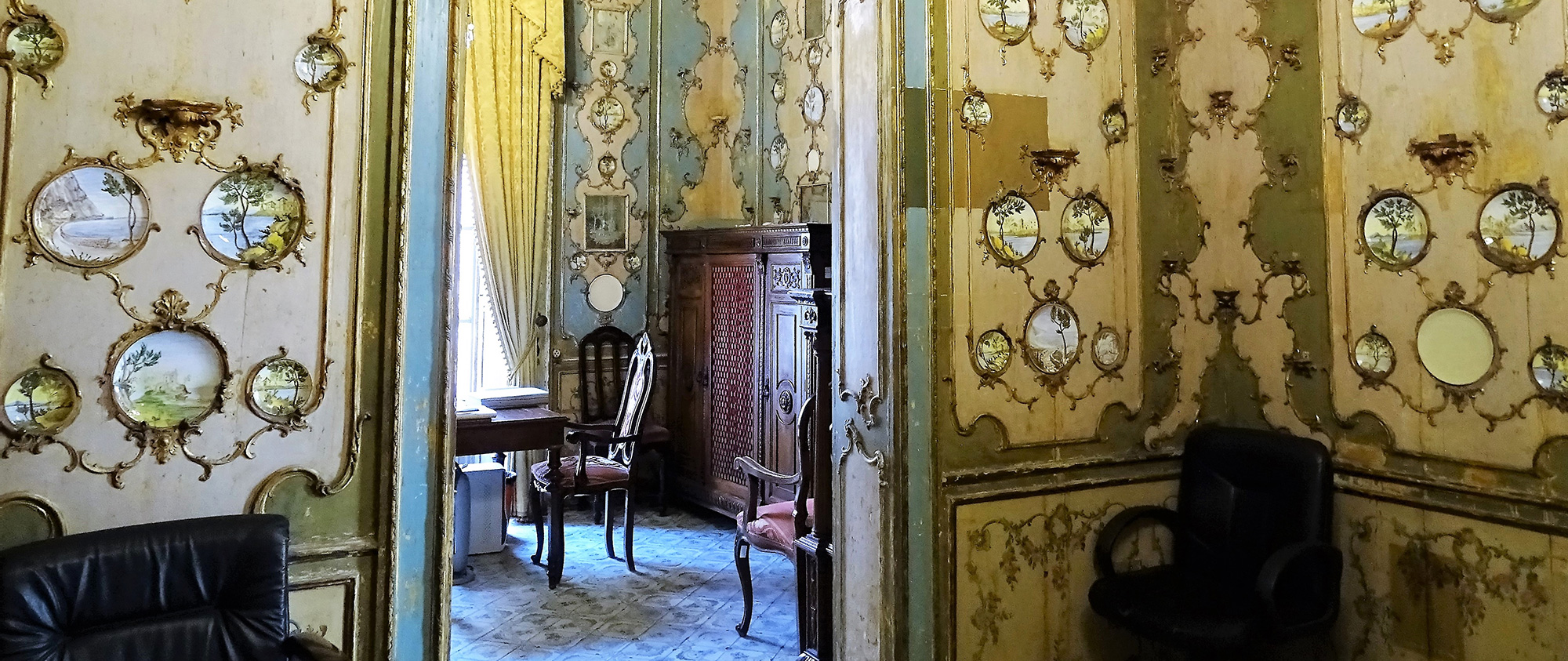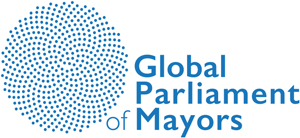Welcome
The city of Palermo with its geographical position, in the center of the Mediterranean, has always been a crossroads of peoples and commercial exchanges. Its name, in fact, derives from the Latin Panormus – all port. Visit the official Palermo webpage for more information at turismo.comune.palermo.it
For questions about VISA requirements, visit: https://vistoperitalia.esteri.it/home/en
In recent years, due to its nature as a “welcoming city”, it has become a multicultural center and, at the same time, one of the most important tourist cities in Italy.
The UNESCO recognition of the Norman Arab path, which took place in 2015, represented the most important challenge for the Municipal Administration and for its citizens who were able to seize this opportunity for economic and cultural rebirth.
The tourist enhancement of the territory, the partnership between public and private, the network between institutions, progress and technological innovation, attention to diversity, soft mobility and sustainable development have contributed enormously in promoting the welcoming climate towards tourists, as well as improving the livability of the citizens of Palermo.
Due to its perception in the world as a safe city, Palermo has established itself above all in international tourism, increasing in an extraordinary way in the years 2018 (as the Italian Capital of Culture) and in 2019 the presence of foreign tourists and tripling the number of accommodation facilities.
Its temperate climate, the sea, the natural beauties, the wealth of the monuments left by the various dominations that have followed one another over the centuries, its multi-ethnic food and the street food famous all over the world make it a privileged destination for attentive visitors in search of beauty, culture, history and human warmth.

Palazzo Comitini
Palazzo Comitini is a Baroque palace of Palermo. It is located in the central Via Maqueda and is the official seat of the Metropolitan City of Palermo .
The palace was built between 1766 and 1781 by the will of Michele Gravina Cruillas, prince of Comitini. The design of the palace was realized by the architect Nicolò Palma. Palazzo Comitini is decorated with many artworks. Paintings from famous Sicilian artists such as are exposed in the palace such as Gioacchino Martorana and Renato Guttuso

Palazzo Sant’Elia
The Palazzo Sant’Elia was built on the pre-existing building of a sixteenth-seventeenth-century palace, assuming its current configuration after 1756. While the building was thought to be the work of architect Nicolò Anito it is now believed Anito worked on the building but the initial author is unknown. In 1759 Giovanbattista Cascione took over the management of the construction site; under his leadership, the building will become one of the most impressive buildings in Palermo. Subject to repeated changes of destination (it was the seat of the Senate), it was damaged by the violent earthquake of 1823. In 1829 the Royal Institute succeeded the Senate for the encouragement of agriculture, arts and manufacturing; it then became the seat of the Railways Administration, and in the 1950s, of the “G. Verga” middle school, to be finally exposed to looting. In 1984 the Provincial Administration bought the palace. The long restoration works have made it possible to revive a treasure that has been hidden for decades. The building today functions as a museum, as well as a venue for large events.

